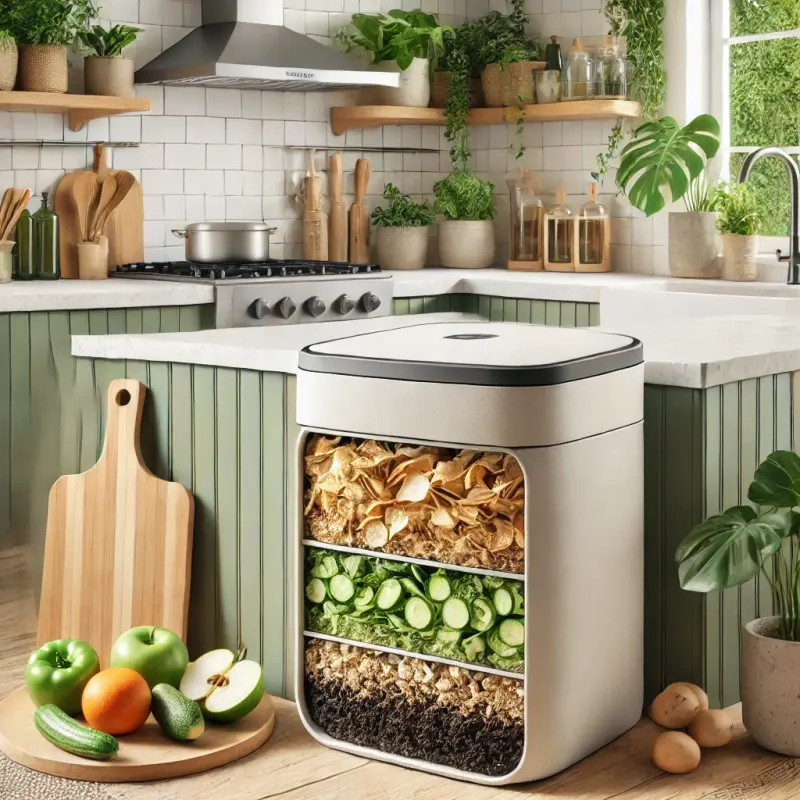In an era where sustainability is more than a trend but a necessity, households across the globe are turning towards greener alternatives to manage everyday waste. Among the various initiatives, food waste recycling systems at home stand out as both practical and essential for creating environmentally friendly living environments. These systems not only help reduce landfill contribution but also play a critical role in the formation of a closed-loop system that benefits gardens and reduces overall waste.
Understanding Home-Based Food Waste Recycling
Food waste recycling, often centered around the process of composting, involves breaking down organic food scraps into nutrient-rich compost. This transformation is achieved through a biological process involving microorganisms such as bacteria and fungi, which decompose the organic matter. The end product, compost, is extremely beneficial for gardening, acting as a natural fertilizer that enriches soil health and helps retain moisture.
The Role of Compact Composting Systems
For many urban dwellers, the idea of composting might seem unattainable due to space constraints. However, modern technology has paved the way for compact composting solutions that fit seamlessly into even the smallest of spaces. These systems are designed to be odor-free and can be integrated into kitchen designs without disrupting the aesthetic or functional flow of the space. They can process a variety of organic waste materials, from vegetable peelings and fruit scraps to coffee grounds and eggshells, transforming them into compost right in your kitchen.
Benefits of Closed-Loop Composting
One of the primary advantages of having a home composting system is the creation of a closed-loop process. This means that the waste produced in your home doesn't end up in a landfill but is instead transformed into a resource that provides significant benefits for your home garden. This not only diminishes your household's ecological footprint but also reduces the need for chemical fertilizers, promoting a more organic approach to gardening.
The use of these composted materials can enhance soil structure, increase drought resistance, and even help balance pH levels in the soil. Moreover, by recycling kitchen waste into compost, you are effectively reducing the volume of garbage that needs to be collected, transported, and processed at municipal facilities, which itself consumes resources and energy.
